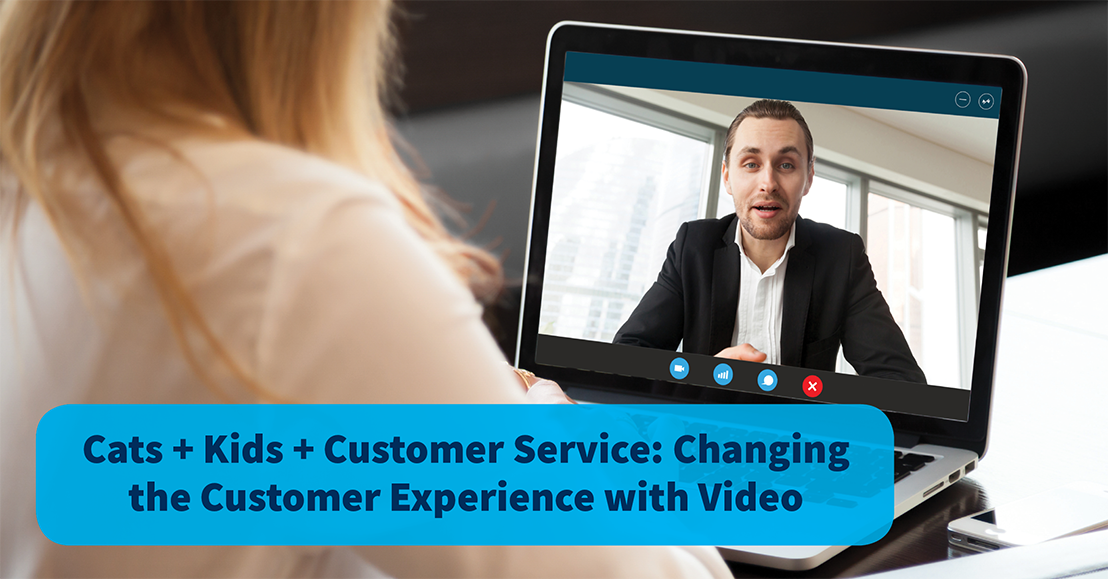Who owns the customer relationship in your company or organization: Marketing, Customer Service, or IT? Fifteen years ago, the answer was clear: Customer Service, period. Over time, the answer has become murkier. Once customers began researching a product or service prior to purchase—a phenomenon Google coined the “Zero Moment of Truth”—a shift occurred. Marketing began to lay claim to the customer relationship. This was due, in large part, to the bevy of channels available to customers—such as browsers, apps, and social media—prior to communicating with a company. Fast forward to the present day and customers are empowered with even more resources to answer their own questions and conduct their own due diligence before contacting a company.
Read MoreTopics: Customer Experience
We live in the era of the Internet of Things (IoT); with a Wi-Fi connection and a smart phone, the possibilities are endless. Connectivity is now so integral to our daily lives that we often take it for granted. In fact, an Internet Trends report shows that nearly 90% of U.S. adults use the Internet. It is important to design support solutions that align with the way your customers work and live. However, even in our wired world, human interaction still plays a critical role and you can leverage technology to give your customers the best of both worlds.
Read MoreTopics: Customer Experience
Artificial intelligence (AI) is a hot topic right now. Unfortunately, when a topic is hot, I find that many people throw around the term without really having a good understanding of its details. That’s where our teams within ConvergeOne kick into gear, working to understand those details. As we researched AI, one particularly relevant use case became obvious: chatbots. In fact, Gartner calls chatbots the current face of AI and predicts that by 2020, more than 50% of large enterprises will use product chatbots. Let’s dive into the details of AI within the context of chat.
Read MoreTopics: Customer Experience
In part one and part two of this blog series, we explored the reasons why customer experience and the role of the Chief Marketing Officer are evolving, and how you can respond to those changes. We'll now into the future of CX and marketing.
Marketing continues to be about brand and demand generation; however, data and changes in the way customers interact with companies have provoked a complete transformation of the function. Customers used to speak with salespeople or the contact center about product details and offerings, but all of this information is now available online. Customers are more resourceful and self-reliant than ever before. They are educated and oftentimes are simply seeking validation of their choices.
Read MoreTopics: Customer Experience
Today, almost all contact centers use some type of call automation to lower costs, mostly in the form of an Interactive Voice Response (IVR) system. This has not been terribly effective in automating much, and when it attempts to automate workflows, it often is at the cost of customer satisfaction. Most contact centers are stuck in an old paradigm for automation, but new tools are maturing. Approaches are available now that can dramatically improve your bottom line, while raising your customer loyalty and satisfaction.
Read MoreTopics: Customer Experience
In part one of this blog series, we explored the reasons why customer experience and the role of the Chief Marketing Officer are evolving. We'll now explore how you can respond to these changes.
Information: it's key to improving both the customer experience and marketing efforts. While the customer seemingly holds the advantage with access to information, companies are hyper-engaged in the process of monitoring, researching, and responding. The ability to leverage data enables marketing to get ahead of opportunities. The vast amount of data available today enables companies to understand and communicate with their customers more precisely and in more ways than ever before.
Read MoreTopics: Customer Experience
From Chief Marketing Officer to Chief Transformation Officer?
Posted on April 16, 2019 by Kathy Sobus
Consumers are more informed than ever before, and their preferences and behaviors are constantly changing. They have dramatically higher expectations, demanding personalized service, more options, faster resolution, and a consistent experience across all channels of communication with a company. Customer loyalty is largely a prehistoric notion, given the ability for consumers to leverage and provide information and reviews online. In fact, according to LeadGenius, a customer’s first contact with a company is roughly 60% of the way through his decision timeline. As a result, companies are increasingly focused on syncing their brand pledge with the experience they deliver.
Read MoreTopics: Customer Experience
Omnichannel is a big buzzword when it comes to one of the latest trends in contact centers and customer experience. I’m hearing a lot of vendors, partners, and even customers initiating the discussion. I get really excited when people bring it up, but sadly, I very quickly get deflated once I realize everything they’re talking about is actually just multichannel. So, I thought I’d take a look at some of the big differences between the two.
Read MoreTopics: Customer Experience
This blog was co-authored by Windsor Tanner, Vice President Solution Sales, Americas, NICE.
Read MoreTopics: Customer Experience, Cyber Security
As a customer experience professional, I find myself more attuned to experiences I receive as a consumer. One of my favorite stories, which occurred to me and 200 of my now-closest friends, involves airline travel. Traveling today can be filled with a number of pitfalls: everything from weather, overbooking issues, and poor communications to outdated tools left in the hands of inexperienced gate agents. My experience unfortunately brought all of these elements together for the perfect storm in passenger delay.
Read MoreTopics: Customer Experience











